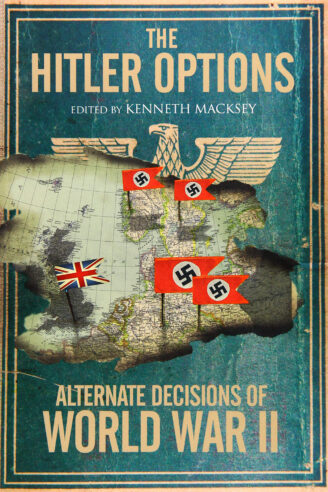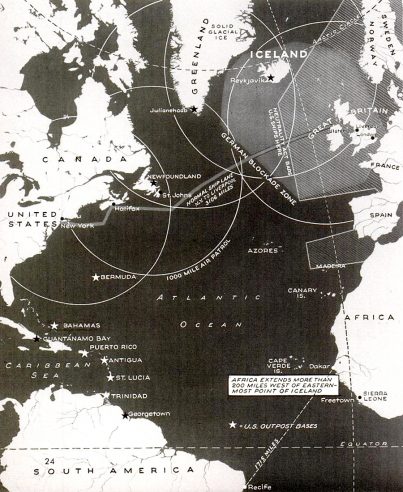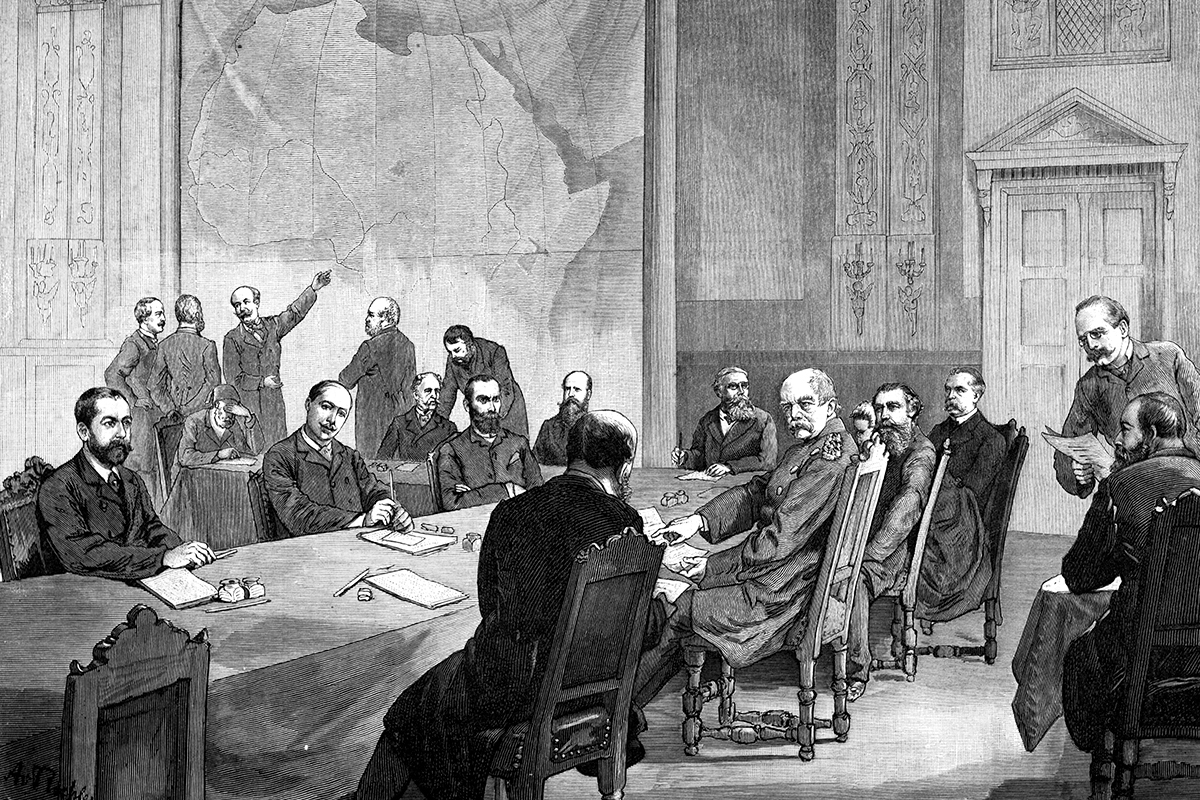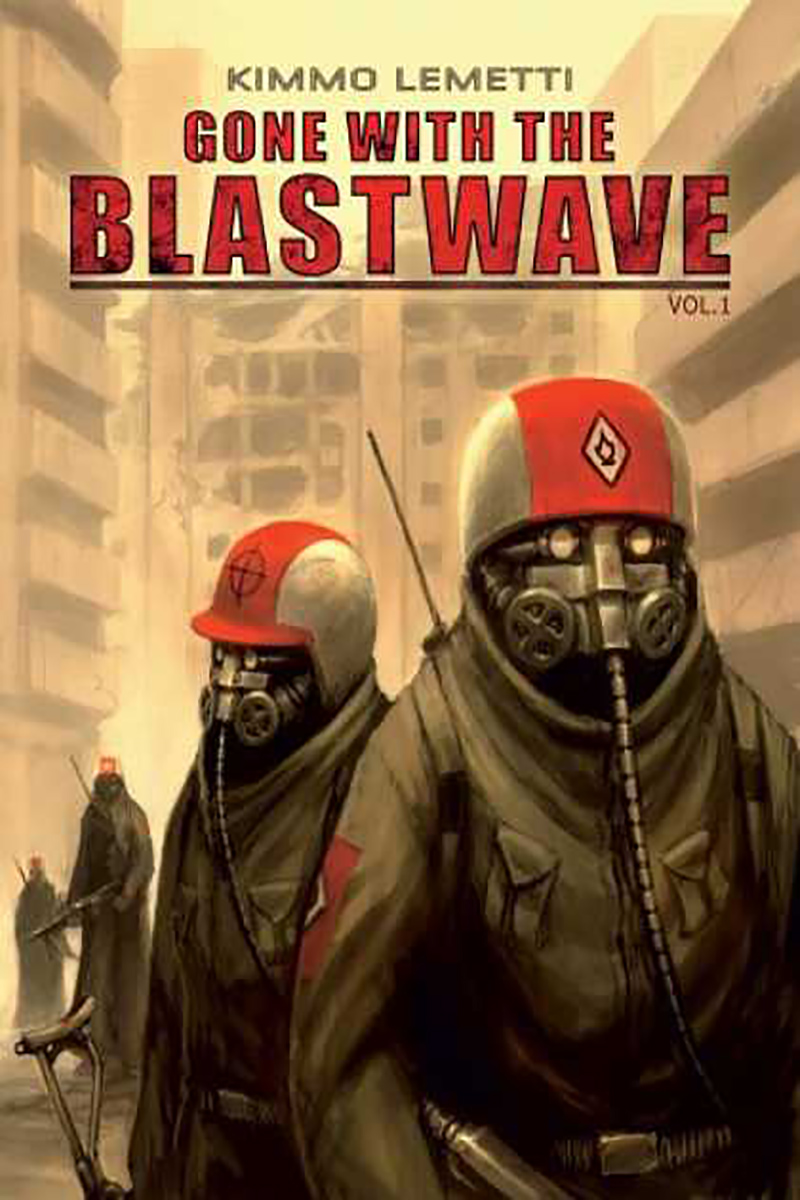In my review of Peter Tsouras’ Napoleon Victorious, I briefly discussed the idea that the alternate-history genre can roughly be split into two broad “spheres” that nestle comfortably at either end of the genre and only occasionally overlap.
The first is best described as “traditional” fiction, i.e. those novels and anthologies that are focused on plot and atmosphere and character development.
The second sphere consists of what authors, editors and often readers seem to prefer labeling as “counterfactual” titles: far more formal and rigid essay-style counterfactual publications that focus exclusively on cause-and-effect explorations of a change or changes in a historical scenario.
The latter can often be a hit-or-miss affair, with their success or failure really hinging on any restrictions the authors have been given by the editor(s). Have they been allowed complete freedom in imagining their counterfactual scenarios or instead been constrained to a few sentences at the end of an otherwise factual essay. The latter is unfortunately common in the genre, with the What If series being notorious for this — the cover of each edition featuring alluring alternate-history imagery, such as Big Ben draped with swastika banners and then, like a literary Q-ship, dropping the facade and presenting dry, academic essays featuring only the barest minimum of counterfactual speculation in the last few pages or paragraphs.
Fortunately for the genre, there are a series of titles that actually are academic counterfactual discussions; which take their proposed divergences and write rigorously-sourced and plausible scenarios describing how the authors believe the situation would play out. Many of these titles come from two publishers — Greenhill Books and Frontline Books — and often feature Peter G. Tsouras as editor and/or author. Although they can be expensive to get hold of, especially in ebook format, they are always a worthwhile investment, often featuring lesser-known divergences in history as well as an impressive set of authors.
The subject of this review, for example, The Hitler Options, includes not only Tsouras but also famous scholars like Bryan Perrett, Charles Messenger, Kenneth Macksey (also the collection’s editor) and Stephen Howarth. It’s an impressive pedigree, and that and the wide-ranging collection of scenarios envisioned seemed to bode well for the anthology as a whole. In addition, new full-color cover art helped draw my eye, as did the reduced price of 98p (as of time of writing) for the ebook edition.
The anthology opens with Kenneth Macksey looking at perhaps the most famous military history counterfactual: Operation Sea Lion, the invasion of Britain in 1940. This is essentially a much shortened version of his novel-length study Invasion: The Alternative Invasion of England, July 1940 (2006), and as I intend to review that at a later date, I’ll keep my comments here both short and generalised. To say that Operation Sea Lion is controversial is a grand understatement, and to this very day thousands of armchair generals wage ceaseless war on forums across the internet arguing issues of plausibility and credibility.
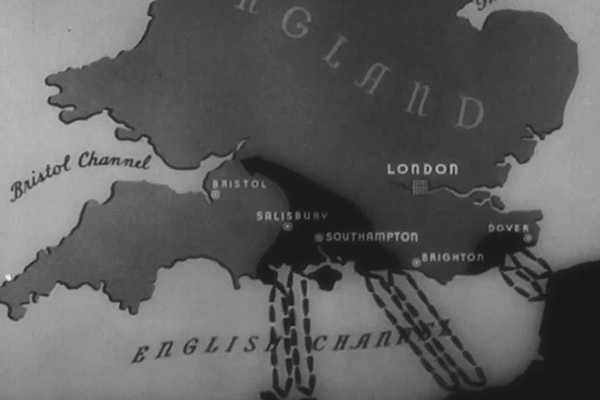
Yet putting that endless conflict to one side, I believe it can be said that Macksey provides a cogent and realistic scenario of what might have occurred if Hitler had rolled the dice and ordered Sea Lion to go forward. The German landings aren’t without their difficulties, and British resistance is fierce, yet Macksey’s conclusions seem difficult to counter in regards to what would have happened if a German landing had been allowed to solidify into a beachhead.
Bryan Perrett follows this with an imagining of Operation Sphinx, the potential Mediterranean campaign that could have been waged by the Kriegsmarine under Admiral Raeder in 1940-41. In the aftermath of the failed preparations for Operation Sea Lion, Raeder proposes that an alternate strategy be followed to knock Britain out of the war: remove its access to the Mediterranean, and the vital supply routes and strategic bases and ports located there, and the country would be starved and isolated into submission. Gibraltar and Malta would be isolated and then assaulted, allowing Axis freedom in the Mediterranean, and then a major German armored force would be landed in North Africa and advance toward the Suez Canal.
In the guise of Hitler being briefed on the different elements of Operation Sphinx, Perrett deftly lays out all of the different elements required for the sub-elements of the campaign to succeed; and it’s rather frightening when you see just how many resources the Axis could have devoted to subduing the Mediterranean. That they did not, in fact, do so in our reality now seems incredibly foolish. Having laid out the stages of Operation Sphinx, Perrett then leads us through an engaging narrative of how it might have taken place. But unlike Macksey’s Sea Lion narrative, this plan does not go all according to plan for the Axis, and the British are allowed to organically and realistically react to Sphinx and the various German-Italian attacks. An original and engaging scenario, and one of the best in the collection.
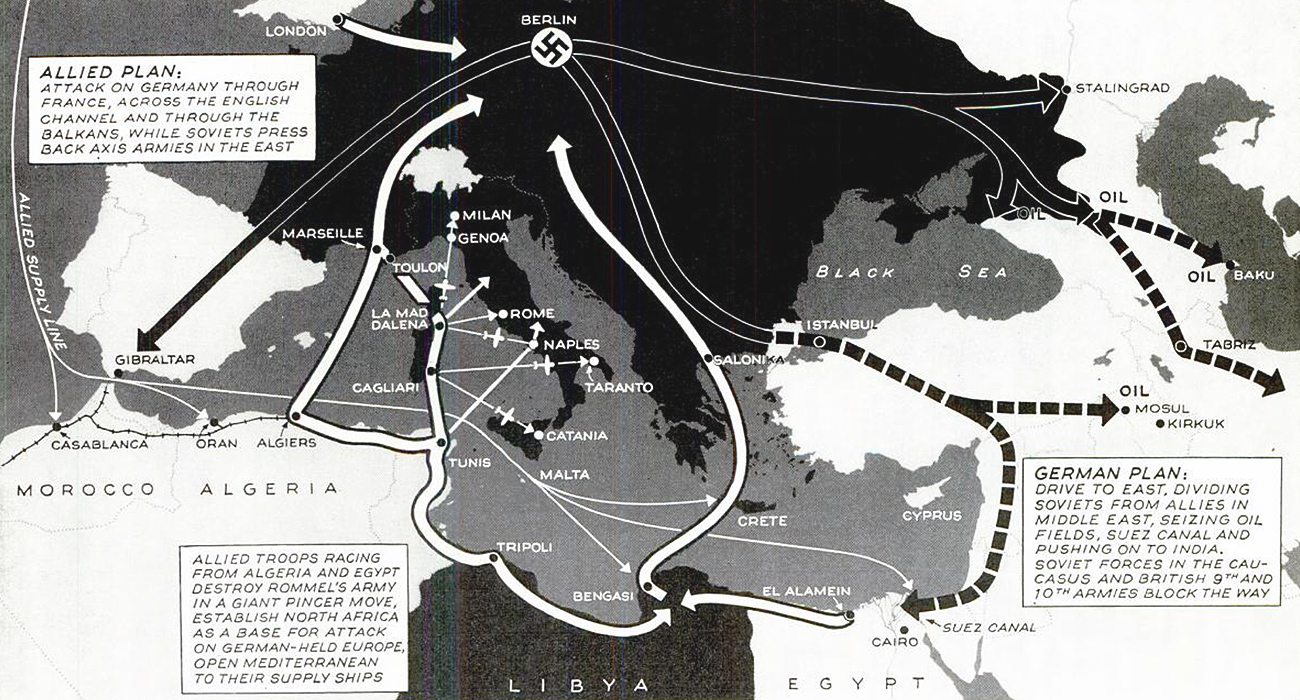
James Lucas then looks at Operation Wotan, the fabled Panzer thrust toward Moscow, the Holy Grail of the campaign on the Eastern Front that was never achieved in our timeline. This was primarily because, as Lucas highlights early on in his section, Hitler divided the Heer‘s thrust into Russia into separate fronts, rather than a single cohesive strike that could bring the maximum weight possible against the Red Army. This continued to be Hitler’s decision, but in mid-August he developed Operation Wotan — a plan that would combine four Panzer armies and have them outflank the defenses around Moscow and encircle it. Once cut off from reinforcements, it would then be crushed.
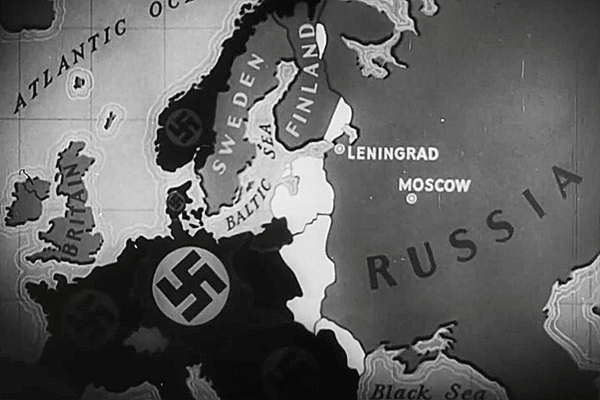
Wotan was a very real operation that took place in late 1941, but in our timeline it was slowed and then stalled by weather and Russian resistance, eventually being savagely counterattacked. In Lucas’ scenario, however, Hitler summons Luftwaffe Field Marshal Kesselring and informs him that he will be leading Wotan. Hitler requires an efficient administrator who will ensure the Panzers are constantly supplied with fuel and ammunition, utilizing every transport plane, glider and other aircraft the Luftwaffe has if necessary. Unfortunately, this scenario doesn’t benefit from the footnotes employed by Perrett for his chapter, so I remained unclear what exactly was ahistorical with Lucas’ depiction of a successful Wotan, but it was enjoyable and relatively plausible nonetheless.
Peter G. Tsouras then weighs in with a look at the intriguing concept of Operation Orient, a joint German-Italian-Japanese grand offensive against the Allies that brings the entire Axis war effort together. In the early days of 1942, the Allied war effort was at its lowest point and the Axis seemed to be prevailing on every front, especially in the Middle East, so it is perhaps not so far-fetched that the planned Operation Orient might have, under slightly different circumstances, actually have come into reality. This is the scenario that Tsouras lays out for us in his chapter. Here, unlike our world, the fate of two reconnaissance aircraft are changed, meaning that the British Eastern Fleet under Admiral Somerville is devastated by an airstrike from a Japanese carrier force. This is then the impetus for Orient to go ahead, the Japanese drunk with success. From there, Tsouras paints a masterful and engaging scenario, with the Japanese abandoning Midway and the Americans, and instead focusing on a massive invasion of British India and the surrounding regions. The Germans strike toward Egypt as well, and the chaos of Operation Orient leads to a very different conflict in the Middle East and Pacific, with interesting consequences for a number of countries.
Stephen Howarth gives us a history of a different Battle of the Atlantic — one which, from the very first page, went fully in the Third Reich’s favor. But why? Firstly, the Third Reich were able to diagnose the issues with the U-Boat fleets defective torpedoes earlier than in our reality, ensuring that torpedo attacks had become much more effective by early 1941. Other changes came into play as well, ensuring that Britain eventually succumbs to the attentions of the Kriegsmarine. Howarth obviously has a bit of vicarious fun writing as a Nazi historian, and provides an interesting if somewhat limited scenario that doesn’t really bring anything new to the table.
General Sir William Jackson then presents us with a scenario that looks at the possibilities of following Churchill’s favored wartime strategy, the so-called “Through the Soft Underbelly” approach that would have seen Allied strategy focused near-exclusively on the Mediterranean. It had some things to commend it, such as the ability of the Allies to reinforce landings more quickly than the Axis, and the possibility of a Southern European uprising or even bringing Turkey out of its guarded neutrality. There were numerous shortcomings to the strategy, however, and in our reality it never went fully ahead.



But in this chapter, Jackson develops an entirely realistic depiction of what might have occurred had Churchill and Alan Brooke completely got their way. I’ll avoid further detail to ensure I don’t spoil the narrative, but Jackson writes a plausible series of events for what would happen if Operation Overlord were a deception and Eisenhower-led landings in the Mediterranean Theater, including realistic reverses for both Axis and Allied forces. The grim nature of a reinforced Italian campaign is deftly put across by Jackson, who readily highlights that additional resources and divisions would not have negated the defensive advantages of terrain, weather and fortifications.
One of the more curious, yet dearly welcome, scenarios in The Hitler Options is John H. Gill’s Operation Greenbrier, which focuses on Allied efforts to negate the German nuclear program. The extent to which the Third Reich managed to weaponize nuclear material continues to be a controversial debate in the genre, and it has been used as a plot device for numerous novels, anthologies and counterfactual scenarios. Gill, in his afterword for his chapter, notes that a number of liberties were taken with the historical record to make the German nuclear program both viable and a danger to the Allies; they are considerable, yet not entirely outside the range of plausibility. Furthermore, Gill uses these liberties to craft a genuinely engaging counterfactual scenario that shows just how dangerous a desperate Third Reich could have been in the late stages of the conflict, had it possessed a nuclear weapon, no matter how rudimentary.
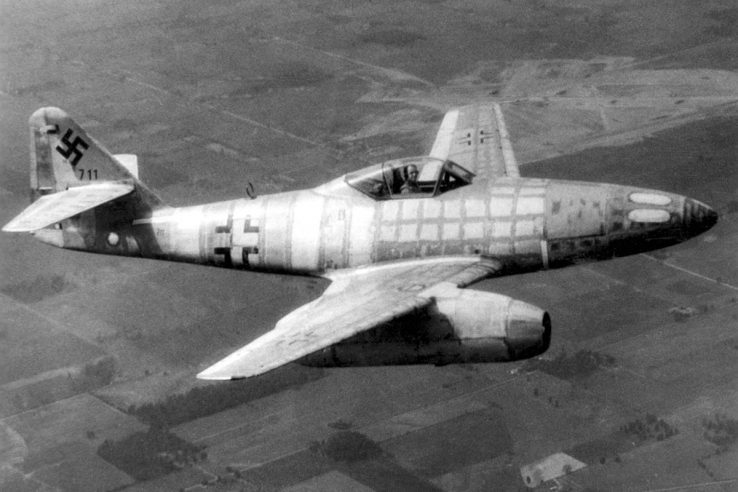

The last quarter of the book then features three shorter chapters. Dr Alfred Price takes a look at the possibilities for the Luftwaffe, and the German war effort, of a greater emphasis had been placed on jet engine technology, and jet fighters had been properly utilized. Dr Price gives us an interesting tale, but unfortunately yet again there are no indications as to when it moves from factual to counterfactual, meaning that a reader who isn’t an expert in the history of the Luftwaffe (such as myself) becomes slightly lost and therefore unable to appreciate the author’s changes to the timeline.
The penultimate scenario sees Charles Messenger envisage a Combined Bomber Offensive that devastates German cities even more than in our reality. It’s not exaggerating to say that Messenger plays out a controversial scenario, and this is likely to be a divisive chapter if ever discussed academically or in a group. Regardless, it is an interesting concept, and one that Messenger defends as plausible in the afterword.
Finally, Major Tim Kilvert-Jones looks at how the Normandy landings might have unfolded had Rommel been able to deploy his Panzer divisions as he had planned, in a surprising, and welcome, variant on the usual stale “Rommel Hurls the Allies into the Waves” scenario.
The Hitler Options is an enjoyable enough counterfactual title, especially if it can be grabbed at the bargain-basement price of less than £1. It has some entertaining and thought-provoking scenarios, particularly those by Bryan Perrett and Charles Messenger, and even those chapters based around less ambitious scenarios are engaging to read and never outstay their welcome.
There are a few limitations to be found. Rarely do the Axis triumph in these alternate versions of the Second World War, despite the even greater odds stacked against their opponents; and it would have made easier reading at times if there had been clear footnotes or endnotes highlighting when the author moved from factual to counterfactual history. Yet overall, The Hitler Options is an inexpensive and often rewarding collection of scenarios, and well worth picking up by anyone interested in military counter-factual history.
This story was originally published by Sea Lion Press, the world’s first publishing house dedicated to alternate history.

